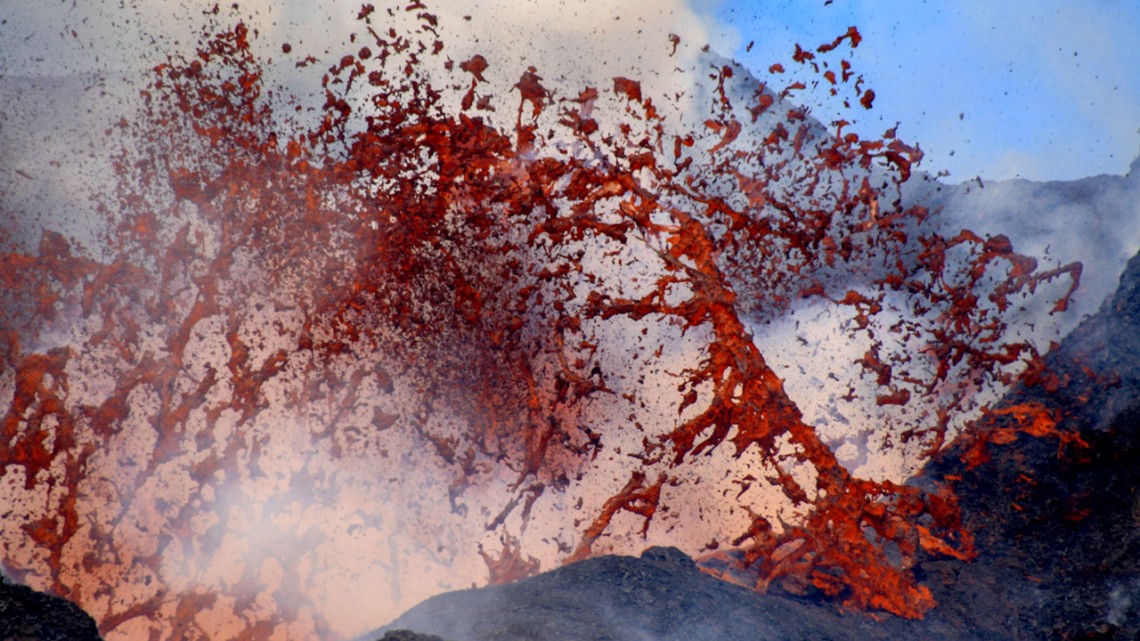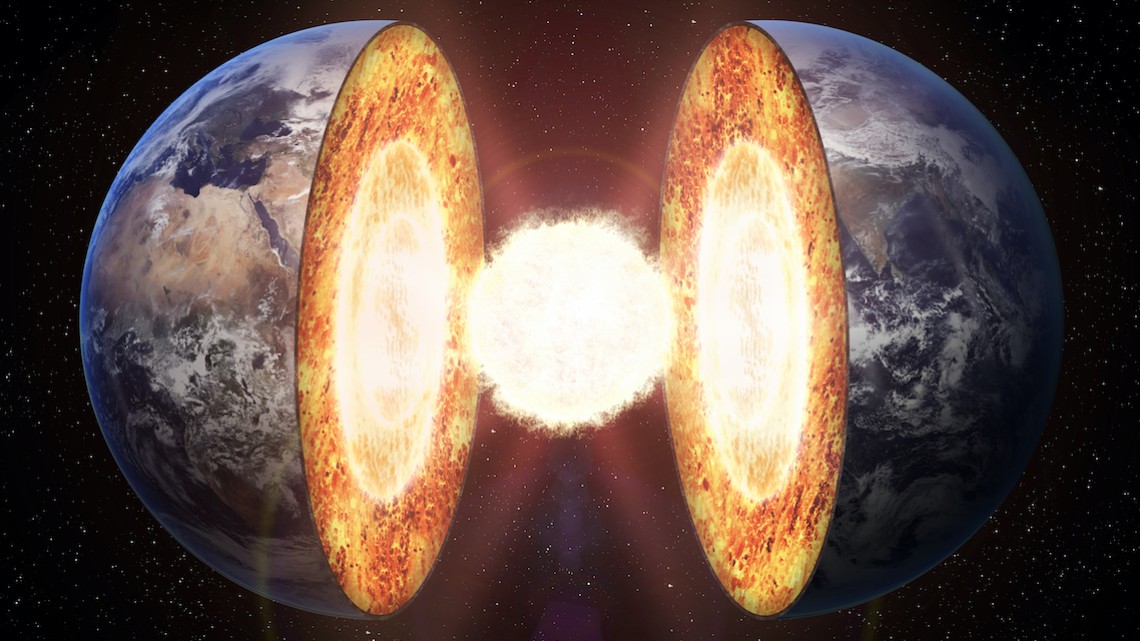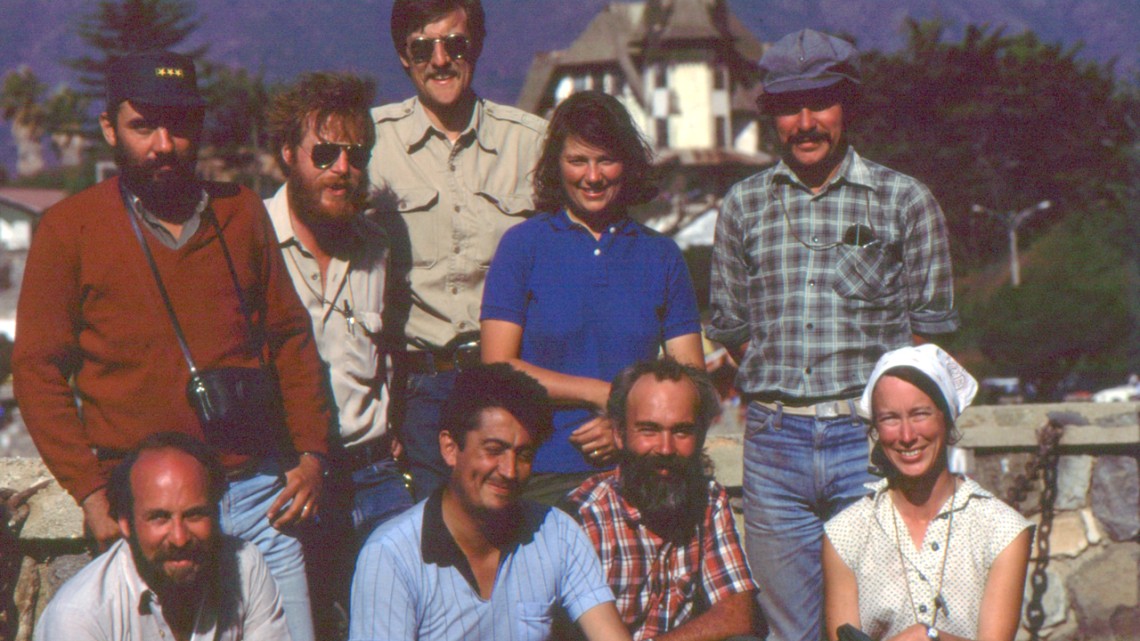EAS Alumni Magazine October 2023--Stories from the Cornell Chronicle
It has been a very productive year for researchers from EAS, resulting in a steady stream of stories in Cornell Chronicle. Some of these stories are highlighted below and the rest can be found on the EAS Homepage News section.
New modeling method helps to understand extreme heat waves
 To prepare for extreme heat waves around the world – particularly in places known for cool summers – climate-simulation models that include a new computing concept may save tens of thousands of lives.
To prepare for extreme heat waves around the world – particularly in places known for cool summers – climate-simulation models that include a new computing concept may save tens of thousands of lives.
The concept, called “ensemble boosting,” uses computationally efficient modeling to simulate a large set of extreme but plausible heat waves, all while avoiding hundreds of hours of expensive calculations on large computers.
The study on the new modeling method, led by scientists at ETH Zurich, Switzerland and Cornell, was published Aug. 22 in Nature Communications.
“As a society, we don’t always need to learn from our mistakes,” said co-author Flavio Lehner, assistant professor of Earth and atmospheric sciences in the College of Agriculture and Life Sciences. “We can learn from our forecasts and predictions.”
Read the full story here: New modeling method helps to understand extreme heat waves
Carbon dioxide – not water – triggers explosive volcanoes
 Geoscientists have long thought that water – along with shallow magma stored in Earth’s crust – drives volcanoes to erupt. Now, thanks to newly developed research tools at Cornell, scientists have learned that gaseous carbon dioxide can trigger explosive eruptions.
Geoscientists have long thought that water – along with shallow magma stored in Earth’s crust – drives volcanoes to erupt. Now, thanks to newly developed research tools at Cornell, scientists have learned that gaseous carbon dioxide can trigger explosive eruptions.
A new model suggests that basaltic volcanoes, typically located on the interior of tectonic plates, are fed by a deep magma within the mantle, stored about 20 to 30 kilometers below Earth’s surface.
The research, which offers a clearer picture of our planet’s deep internal dynamics and composition, with implications for improving volcanic-hazards planning, was published Aug. 7 in the Proceedings of the National Academy of Sciences.
“We used to think all the action happened in the crust,” said senior author Esteban Gazel, the Charles N. Mellowes Professor in Engineering in the Department of Earth and Atmospheric Sciences. “Our data implies the magma comes directly from the mantle – passing fast through the crust – driven by the exsolution (the process phase of separating gas from liquid) of carbon dioxide.
Read the full story here: Carbon dioxide – not water – triggers explosive volcanoes
Seismologists study Earth's core using nuclear monitoring system
 At the center the Earth is a solid metal ball, a kind of “planet within a planet,” whose existence makes life on the surface possible, at least as we know it.
At the center the Earth is a solid metal ball, a kind of “planet within a planet,” whose existence makes life on the surface possible, at least as we know it.
How Earth’s inner core formed, grew and evolved over time remains a mystery, one that a team of researchers is seeking to plumb with the help of seismic waves from naturally occurring earthquakes. While this 2,442-kilometer-diameter sphere comprises less than 1% of the Earth’s total volume, its existence is responsible for the planet’s magnetic field, without which Earth would be a much different place.
The inner core is not the homogenous mass that was once assumed by scientists, but rather it’s more like a tapestry of different “fabric,” according to Guanning Pang, a postdoctoral researcher in the Department of Earth and Atmospheric Science at Cornell Engineering. “For the first time we confirmed that this kind of inhomogeneity is everywhere inside the inner core,” said Pang, who is the lead author of a new study published July 5 in Nature that opens a window into the deepest reaches of Earth. He conducted the research as part of his Ph.D. dissertation at the University of Utah.
Read the full story here: Seismologists study Earth's core using nuclear monitoring system
Geologists celebrate 40 years of Andes research
 In 1980, when scientists were just beginning to understand what causes volcanoes and earthquakes, a cohort of Cornell geologists began meeting weekly to discuss the new frontier of plate tectonics.
In 1980, when scientists were just beginning to understand what causes volcanoes and earthquakes, a cohort of Cornell geologists began meeting weekly to discuss the new frontier of plate tectonics.
The meetings continued for the next 40 years, spawning many trips to the Andes Mountains, hundreds of academic papers and more than 60 doctoral, masters and undergraduate theses. The Cornell group gained a robust understanding of how the Earth’s subterranean movements create mountain ranges, and of the relations between topography, structure, sedimentary basins and volcanism.
“The Andes Project was not only formative, or transformative, when I was young, but it was a very intellectually fertile and enriching community when I was older,” Terry Jordan said of her time in the Andes Project. “A very reliable place where we respected the work of others. In fact, it's why we stayed at Cornell. We knew there were jobs elsewhere, but there’s not an Andes Project elsewhere.”
Read the full story here: Geologists celebrate 40 years of Andes research

